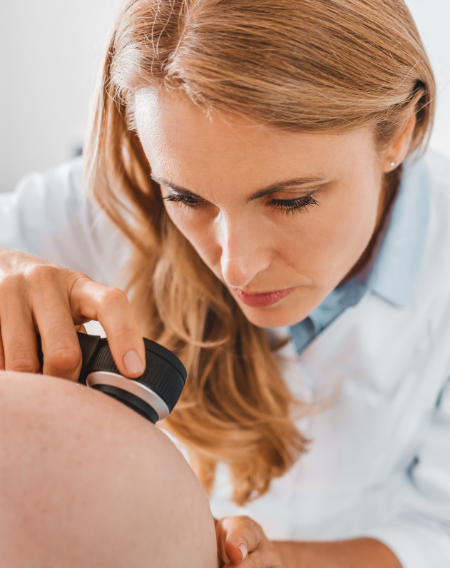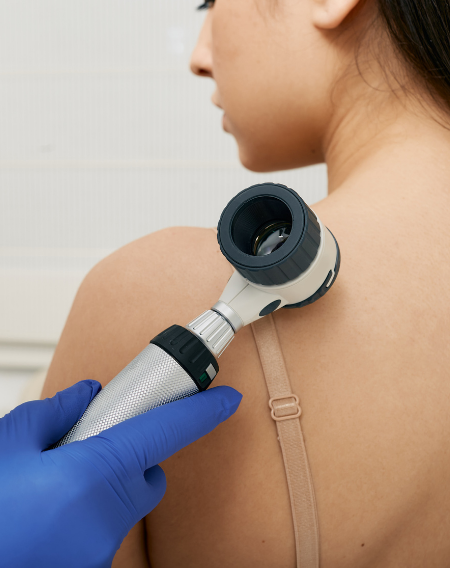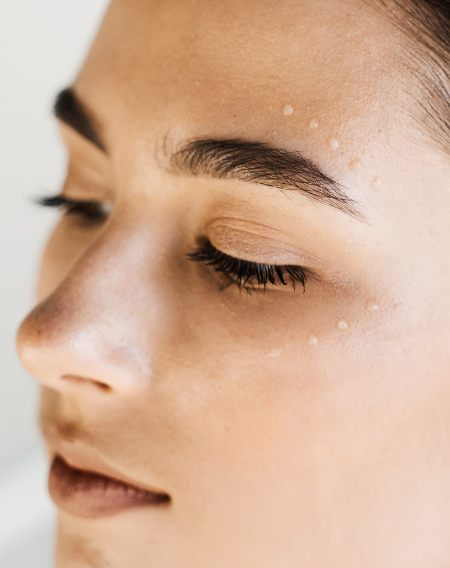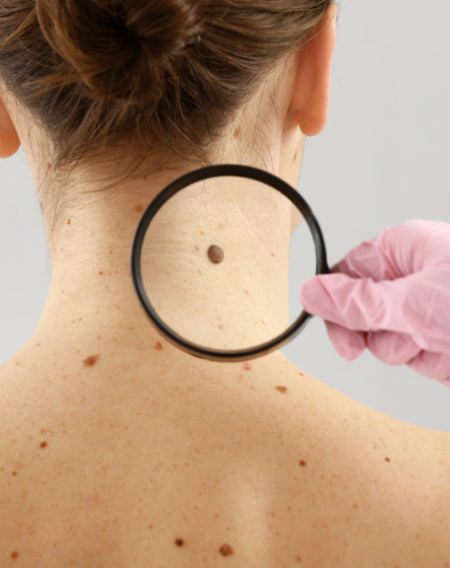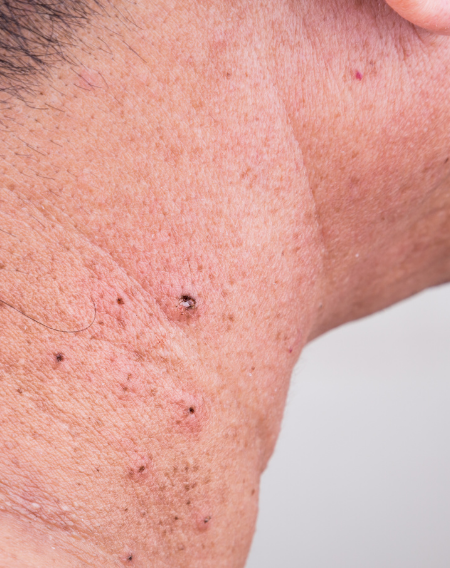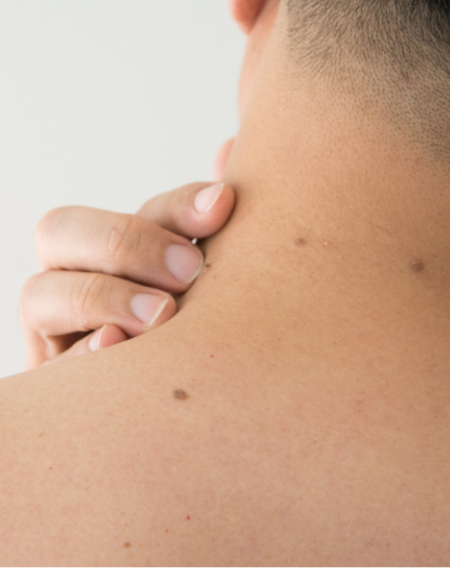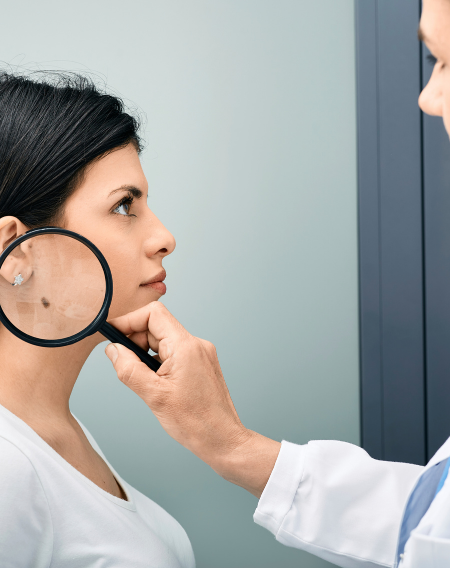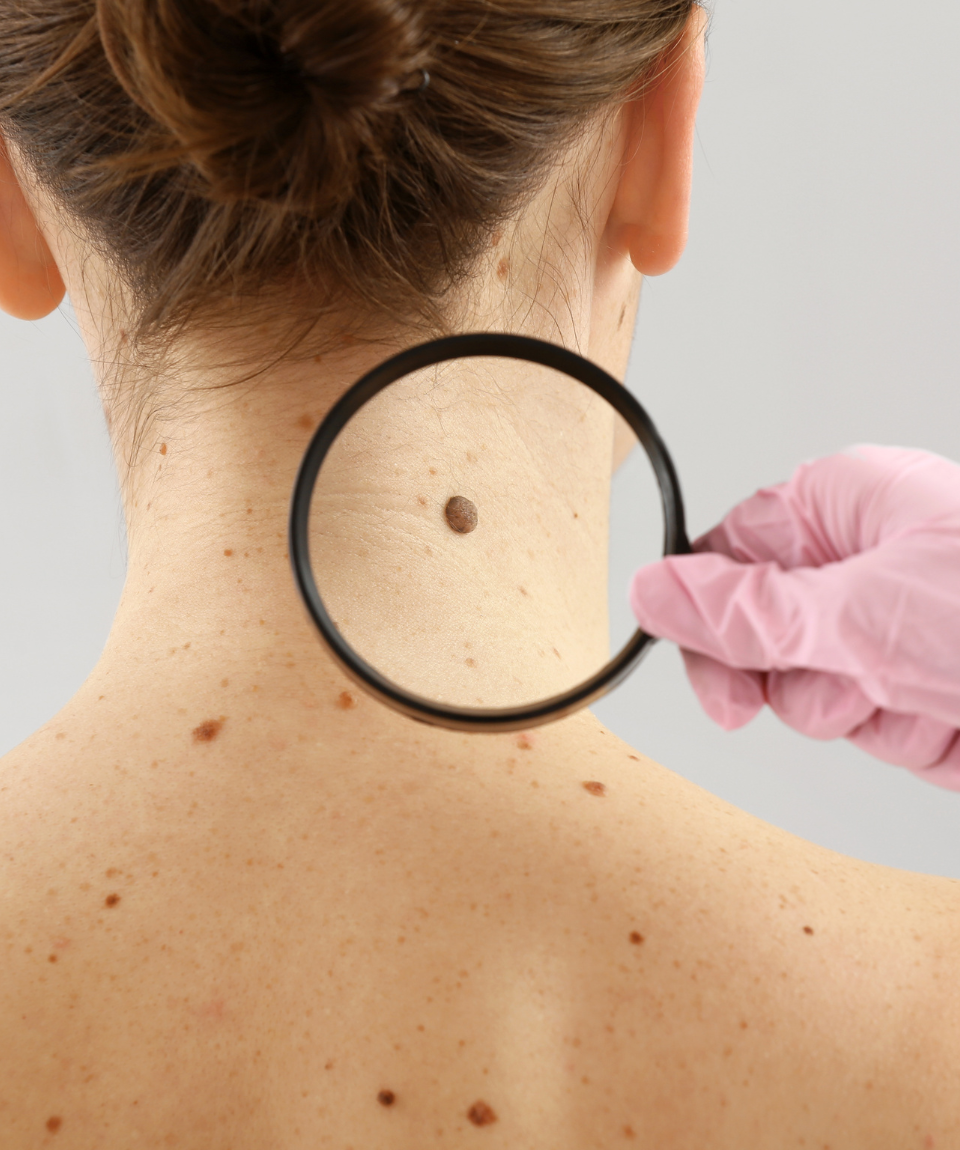
Effective Mole Removal Solutions
Personalized mole removal solutions for every skin type
Are you bothered by unsightly moles? Concerned about their health implications? You're not alone. Moles, those small pigmented spots on the skin, can be a source of insecurity and worry. But fear not! Effective and safe mole removal solutions are available to help you achieve clear, confident skin.
Say Goodbye to Moles, Hello to Flawless Skin
Discover how to choose the right mole removal method for your skin, and learn about the importance of post-treatment care.
Regular mole checks and removal can help detect skin cancer in its early stages, significantly increasing the chances of successful treatment.
Some moles have the potential to develop into malignant melanoma, a dangerous form of skin cancer. Removing these moles can prevent this from happening.
Unwanted moles can affect your self-esteem. Mole removal can boost your confidence by improving your skin's appearance.
Moles can be unsightly and affect your skin's overall appearance. Mole removal can leave you with smoother, clearer skin.
Moles in inconvenient locations can cause irritation from clothing, jewelry, or shaving. Removal eliminates this discomfort.
Moles can be easily damaged, leading to bleeding or infection. Removing them reduces this risk.
Moles can be unsightly and affect your skin's overall appearance. Mole removal can leave you with smoother, clearer skin.
With various mole removal techniques available, you can choose the method that best suits your skin type, mole characteristics, and desired outcome.
Desired Procedure to Begin
Before After Gallery
 After
After 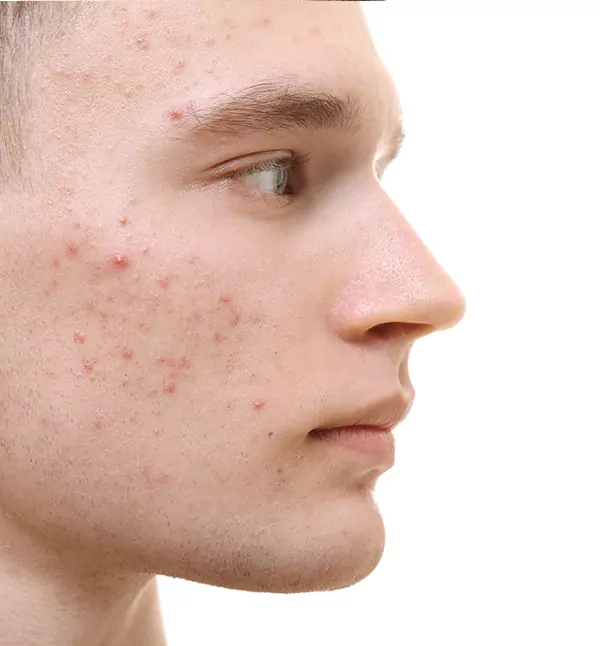
Drag
Before  After
After 
Drag
Before 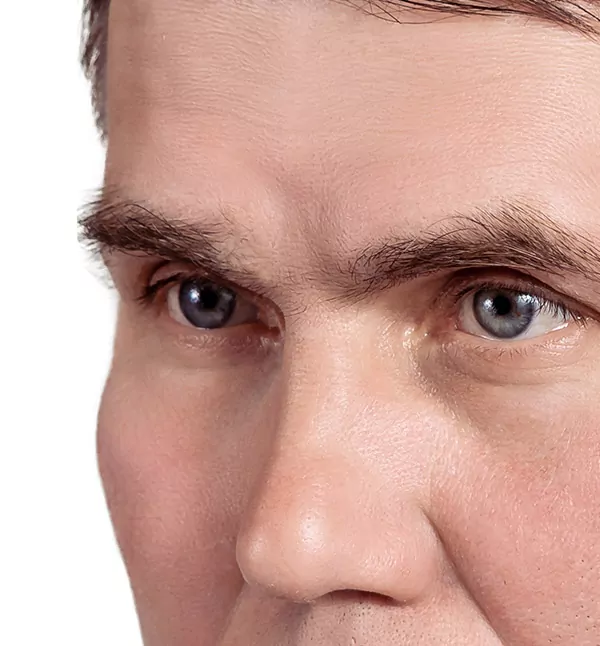 After
After 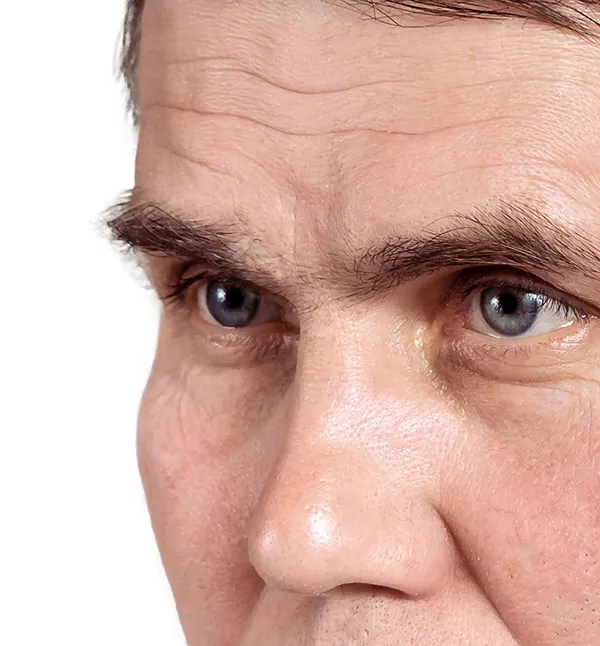
Drag
Before Pre-Care Routine
- Refrain from applying any makeup on the day of your procedure. This helps to keep the treatment area clean and reduces the risk of infection.
- Avoid using retinol-based serums, creams, or other exfoliating products for a few days before your appointment. These can irritate your skin and interfere with the healing process.
- Limit sun exposure or tanning activities in the days leading up to your mole removal. Sun damage can affect the healing process and increase the risk of scarring.
- By following these pre-treatment care instructions, you'll help ensure a smoother procedure and faster recovery time.
Post-Care Routine
- Protect the treated area from water for the first [number] days to prevent infection and irritation.
- Once your doctor permits, gently cleanse the area with mild soap and water, pat dry, and apply a thin layer of the prescribed ointment.
- Apply the recommended healing ointment twice daily for 07 days as directed. This helps to keep the area moist and supports healing.
- Refrain from using harsh soaps, scrubs, or any other irritating products on the treated area.
- Shield the treated area from direct sunlight with sunscreen or protective clothing. Sun exposure can affect healing and increase the risk of scarring.
- Avoid excessive sweating activities that may irritate the area.
Frequently Asked Questions
Is mole removal painful?
Most mole removal procedures are performed with local anesthesia, making them relatively painless. You may experience mild discomfort or soreness afterward, but it is usually manageable.
How long does mole removal take?
The duration of the procedure depends on the size and number of moles being removed. Typically, it can take anywhere from a few minutes to an hour.
Will I have a scar after mole removal?
The possibility of scarring depends on several factors, including the size of the mole, the removal technique, and individual skin healing. Modern techniques aim to minimize scarring.
How much does mole removal cost?
The cost of mole removal varies depending on factors such as the number of moles, the type of removal, and the geographic location. It's best to consult with a dermatologist for an accurate quote.
What are the different methods of mole removal?
Common mole removal methods include excision (surgical removal), shave removal, laser removal, and electrocautery. Your dermatologist will recommend the most suitable method based on the type and location of your mole.
Is mole removal covered by insurance?
Whether mole removal is covered by insurance depends on your specific plan and the reason for the removal. If it's for medical reasons, such as skin cancer concerns, there's a higher chance of coverage.
How long does it take for a mole removal wound to heal?
Healing time varies depending on the size of the removal and individual healing rates. It usually takes several days to a few weeks for the wound to completely close.
Can I shower after mole removal?
You should avoid getting the treated area wet for the first [number] days to prevent infection. After that, you can shower gently, avoiding direct water on the wound.
Can I apply makeup after mole removal?
Avoid applying makeup to the treated area for at least [number] days to allow the skin to heal properly and reduce the risk of infection.
What are the ABCDEs of melanoma?
The ABCDEs of melanoma is a simple checklist for evaluating moles:
Asymmetry: One half of the mole doesn’t match the other.
Border: The edges are irregular, ragged, notched, or blurred.
Color: The color is uneven, with shades of black, brown, red, white, or blue.
Diameter: The mole is larger than the size of a pencil eraser (about 6 millimeters).
Evolving: The mole is changing in size, shape, color, or elevation.
If you notice any of these changes in a mole, it’s essential to consult a dermatologist for evaluation.
Asymmetry: One half of the mole doesn’t match the other.
Border: The edges are irregular, ragged, notched, or blurred.
Color: The color is uneven, with shades of black, brown, red, white, or blue.
Diameter: The mole is larger than the size of a pencil eraser (about 6 millimeters).
Evolving: The mole is changing in size, shape, color, or elevation.
If you notice any of these changes in a mole, it’s essential to consult a dermatologist for evaluation.

